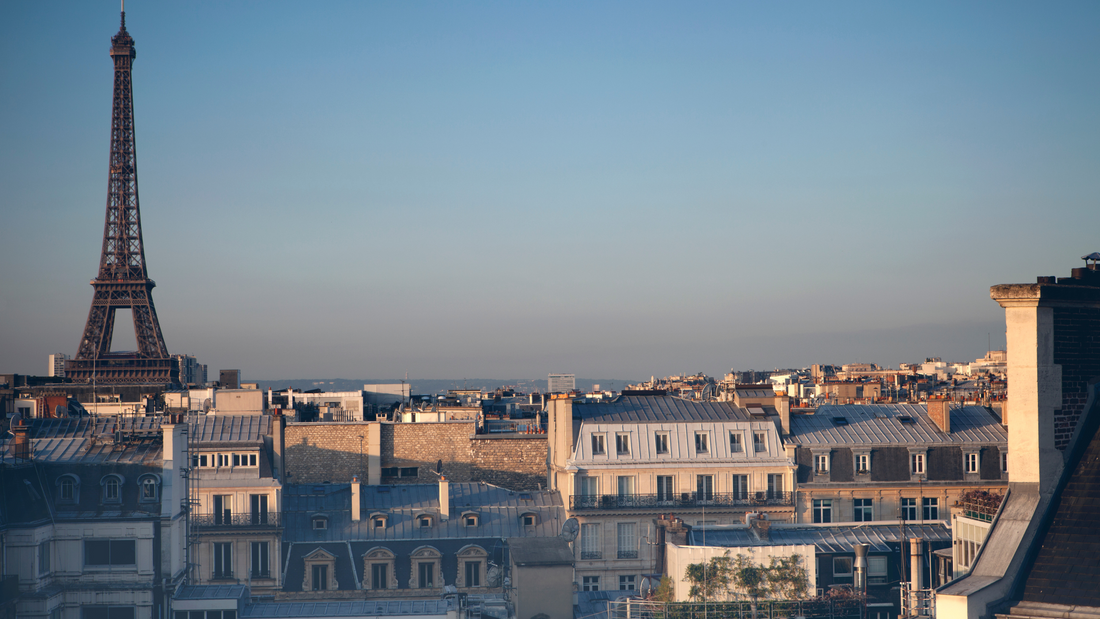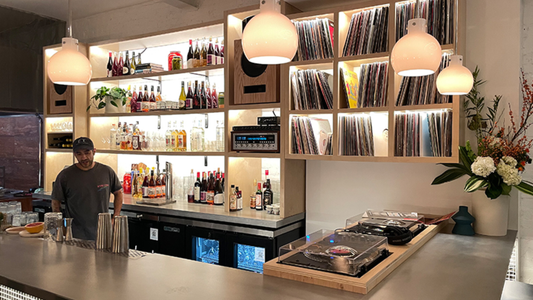
The Tracks & Tales City Atlas — A Global Guide to Listening Bars
By Rafi Mercer
To map the world through sound is to realise that every city listens differently. Some carry noise as a badge of vitality, others protect silence as though it were heritage. Some bend music into spectacle, others refine it into intimacy. In one place, a record spins in a basement, demanding focus; in another, it drifts across canals, softened by water and light. This is the purpose of the Tracks & Tales City Atlas: not to rank or reduce, but to listen city by city, and in doing so, to reveal a global culture of presence.
In Tokyo, the kissaten taught us that listening could be discipline. Imported jazz LPs, played at volumes that filled rooms with fidelity, gave post-war audiences their first encounter with silence as a cultural act. The tradition lives on, in Shibuya basements and Shinjuku hideouts, where whole albums are still played from start to finish. To sit there is to feel the seriousness of listening, the sense that sound is architecture, silence the material it is built from.
New York listens with permanence. Clubs like the Village Vanguard captured the city’s intensity and pressed it into history on labels like Blue Note. The city’s listening bars today are heirs to that same impulse — to preserve atmosphere, to make music feel live even when it is replayed. In New York, listening is never passive; it is urgent, vital, part of the city’s pulse.
Berlin listens with austerity. Minimalism defines its rooms: concrete walls, spare furniture, systems that speak without ornament. Here, the listening bar is not nostalgic but elemental, a reminder that music stripped of clutter reveals something raw. Silence in Berlin carries edge; sound there feels sharpened, held close, given weight.
London listens historically. Its pubs hum with lineage, its bars layer past and present. Vinyl feels at home in a city that has always collected, archived, and reissued. To step into a London listening bar is to sense continuity: jazz on the South Bank, punk in Soho, grime in Bow, all flowing into the same groove. Silence here is precious not because it is rare, but because it allows memory to breathe.
Paris listens decadently. The intimacy of its rooms, the glow of its lamps, the texture of its interiors — all create an atmosphere where listening feels like ritual indulgence. Jazz in Paris has always been about romance and rebellion in equal measure. The listening bar extends that: a record played front to back as if it were a fine meal, each course savoured, each silence part of the feast.
Other cities bring their own resonance. Los Angeles listens cinematically, folding intimacy into spectacle. Its listening bars feel like miniature studios, drawing vastness into focus. Austin listens communally, warmth infusing every note. Here, silence feels generous, shared like bourbon at a long table. Dublin listens socially, transforming its pub-born culture of noise into spaces where stillness holds sway. Amsterdam listens resonantly, its canals carrying echoes like vinyl grooves across water, proof that sound here lingers rather than vanishes.
Each city refracts the same instinct: the desire to slow down, to treat music not as background but as presence. In every case, the listening bar is less an import than a translation, shaped by geography, climate, temperament. What Tokyo renders as discipline, Austin renders as ease. What Berlin strips to austerity, Paris wraps in velvet. What Dublin frames with silence, Amsterdam allows to drift. The form is global; the accent is local.
The City Atlas is not a list to tick through, nor a directory to consult quickly. It is an invitation to travel slowly, to approach each city with ears tuned differently. Listening bars are not everywhere yet, but they appear wherever culture begins to ask for depth. And when they appear, they connect back into this global network of spaces that insist on fidelity, silence, and ritual.
In time, the Atlas will grow. To Mexico City, to Seoul, to Chicago, to Barcelona, to São Paulo — places where listening already has its own accent, waiting to be mapped. Each addition will not dilute the whole but deepen it, proof that the culture of slow listening is not niche but necessary, not retro but forward.
To step into any of these rooms — from Tokyo’s basements to Los Angeles’ lofts, from Berlin’s concrete to Dublin’s wood — is to feel part of a wider story. You may not know the other listeners, or the selectors, or the collectors who sourced the vinyl. But you share the same act: sitting still, in silence, letting sound fill space. That act is what binds the Atlas together.
Maps are usually about direction. This one is about attention. It is not designed to take you somewhere quickly, but to remind you that wherever you are, you can listen differently.
Rafi Mercer writes about the spaces where music matters. For more stories from Tracks & Tales, subscribe, or click here to read more.







